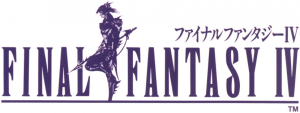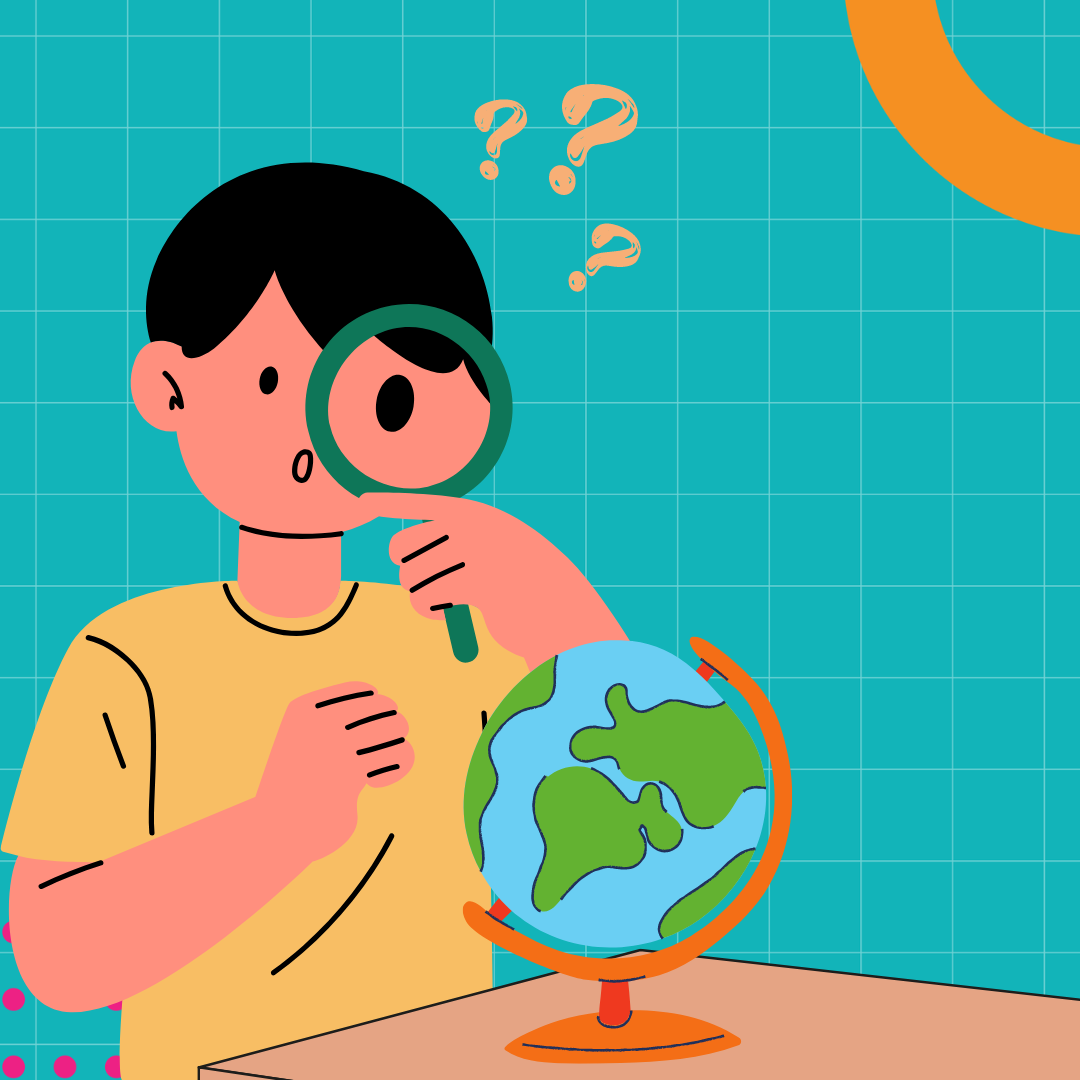As regards video game localization, the SNES era offers interesting case studies and chanses of thought. From a global perspective, there was the necessity to adapt Eastern cultures for a Western audience. Just as every other artistical expression, video games are born and developed in a starting culture that is different from the target one.
One case study that we are going to dive into is Final Fantasy IV, a Japanese role-playing game published by Square Enix in 1991.

Version Differences
Final Fantasy IV’s translation received numerous adjustements in each of its editions published for different consoles over the years. The initial release for Super Nintendo (1991) has been translated in a dry and weird English, often deprived of the original meaning. The initial scene is a sufficient example: the Red Wings are concerned about their criminal actions against innocents and they ask themselves if their leader, Cecil, shares their doubts. This nuance was removed in the Western release, in which the uncertain knight appears adamant. The following releases for PlayStation (2001), GameBoy Advance (2005) and Nintendo DS (2008) improved all the texts, making those adaptions closer to the original source.
Also censorship hit Nintendo’s releases. For example, all the references to death, hell and Hades were removed. “Pray” and “praying” were translated to “wish” and “wishing” and the white magic spell “Holy” was adapted to “White”. References to alcohool were removed too and PUBs were changed to Cafés.
Not Limited to Text and Dialogues
Final Fantasy IV’s adjustments were not limited to texts and dialogues. The Western audience was not used to JRPG’s (Pokémon would have been published five years later) and the video game was eased accordingly. Also, being the second chapter of that saga that was published in the USA, Final Fantasy IV was actually called Final Fantasy II.
Developers reduced the item’s number to make the game more intuitive. For example, the numerous medicines destined for status effects were reduced to just one item called “Heal”. Also, they introduced the possibility to buy Ethers in shops and players were able to use more magic. The training room was replicated in every city when previously it was only available in the first one. Moreover, some abilites were retained too complex and therefore deleted.
An enlightening case study
Final Fantasy was and still is one of the most famous sagas in video games. Even though the latest chapters have been harshly criticised, the first ones offer insights about localization that, in some cases, is not limited to in-game text but reaches game mechanics too.





